
from Tobias Stahl AM 06.09.2021
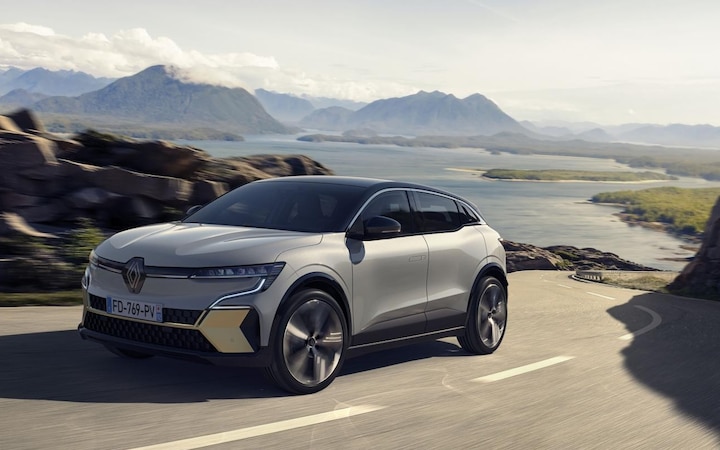
RenaultRenault Megane E-TECH Electric is scheduled to go on sale in March 2022. Among other things on board: bi-directional charging capability.
With the Mégane E-TECH Electric, Renault presents an electric car at this year’s IAA which aims to usher in the “Nouvelle Vague”, ie “new wave”, of the French automaker. The goal is to deliver the “greenest driving mix for all manufacturers in Europe” by 2025.
The new Renault Mégane E-TECH Electric will be the first vehicle to use the newly developed modular CMF-EV platform for the Renault-Nissan-Mitsubishi Alliance. E-TECH will be manufactured at the Douai site in northern France. Sustainability is an important aspect of vehicle manufacturing – 95 percent of a vehicle must be recycled at the end of its life.
The Mégane E-TECH Electric features a short coolant, long wheelbase of 2.70 metres, and a total length of 4.21 metres. At 1.5 metres, the compact electric car is slightly higher than the current Megan with a combustion engine, despite the battery in the floor of the car.
Read also
Renault He wants to offer the Mégane E-TECH in two drive variants with 96 kW / 130 hp and 160 kW / 218 hp. In the larger version of the engine, the torque of 300 Nm allows acceleration from 0 to 100 km / h in 7.4 seconds. The maximum speed should be 160 km / h. The driver can choose between four recovery levels from level 0 (no recovery inhibition) to level 3 (maximum recuperation).
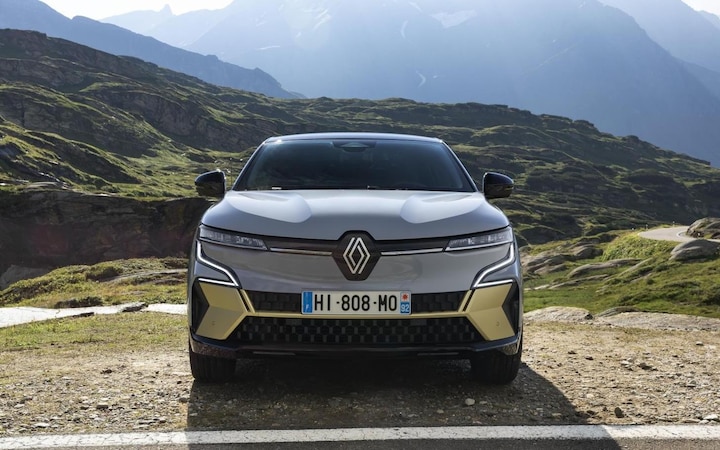
RenaultThanks to the low cooling requirements of the electric motor, the designers of the Mégane E-TECH were able to create a largely closed front.
According to one of them, the energy storage system of E-TECH is press release The NMC (Nickel-Manganese-Cobalt) lithium-ion battery contains more nickel and less cobalt. In addition, the battery, like the electric motor, is liquid-cooled. Renault wants to offer the battery in two sizes, one with a capacity of 40 kWh for a range of up to 300 km according to the WLTP cycle, and the other of 60 kWh for a range of up to 470 km according to the WLTP cycle. The French electrician must also be able to withstand a wide range of different charging capacities and amperes: in the 7.4 kW charging box it must be charged for eight hours for a range of 400 km, while in the case of a 130 kW fast charging the station must take up to up to 30 minutes and can charge a range of 300 km.
Read also
As part of a “larger electric ecosystem”, the Mégane must also have the technical requirements for bi-directional charging. The vehicle can reconnect electricity to the grid using Vehicle to Grid (V2G) technology.
Renault says sales will start in March 2022, and pre-orders will open from February. Prices are not yet known.
10 Popular E-Vehicles and Their Ranges: That’s How Far You Really Go
Scope according to WLTP: Everyone who is interested in electronic cars knows this information – and does not trust it much. Because these range values seldom correspond to practice. EFAHRER.com took ten popular e-cars from VW e-Up to Renault Zoe to Tesla Model 3 and examined how the actual ranges differed in our tests with the WLTP ranges.
Read also
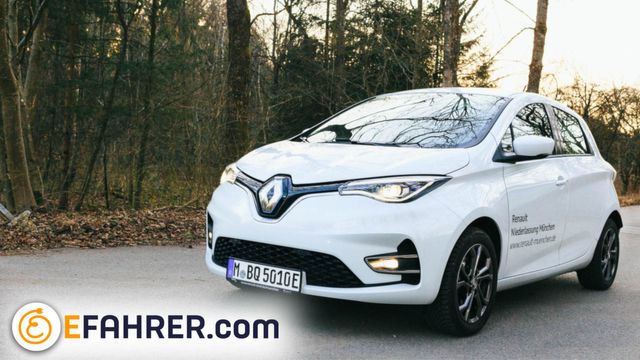

“Total coffee aficionado. Travel buff. Music ninja. Bacon nerd. Beeraholic.”






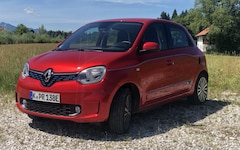
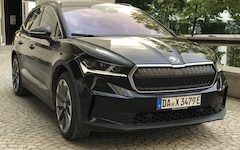
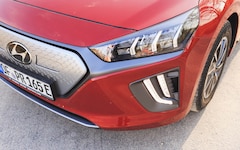

More Stories
Wealthy families take more risks when it comes to money.
Salesforce and NVIDIA Form Strategic Collaboration to Drive AI Customer Innovation
Changing banks causes problems for customers